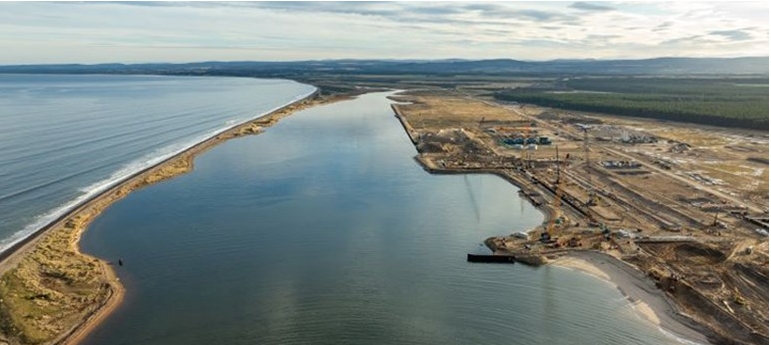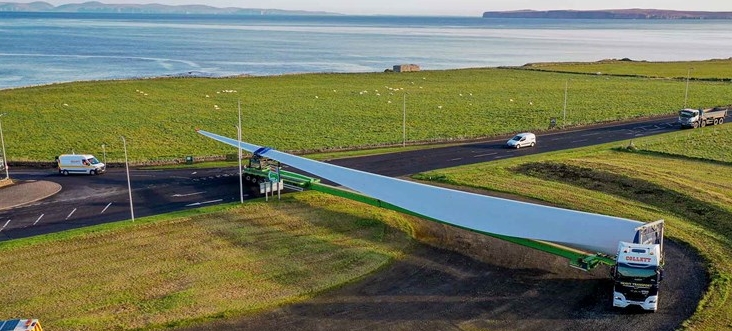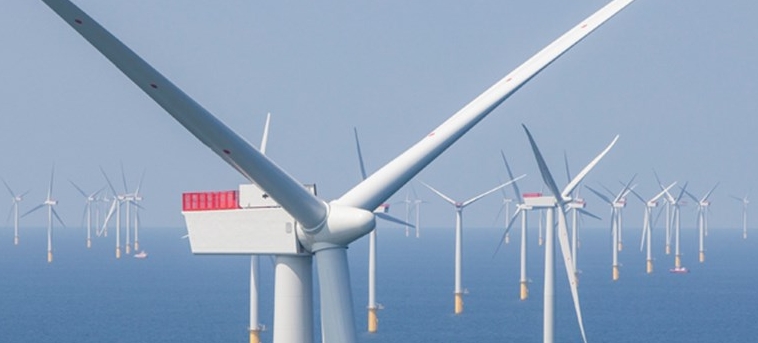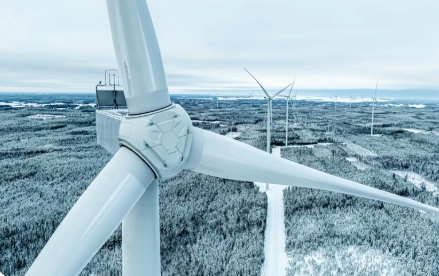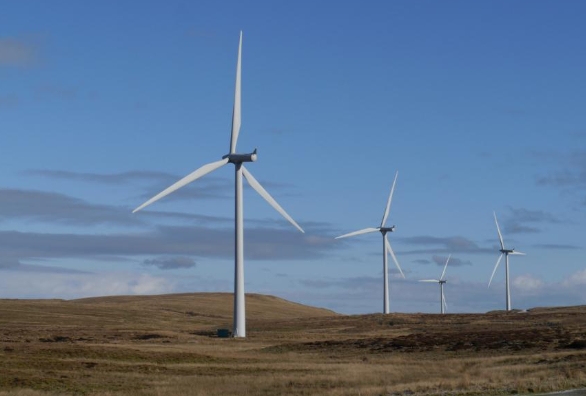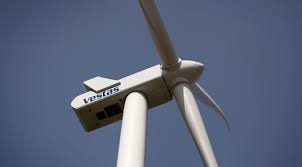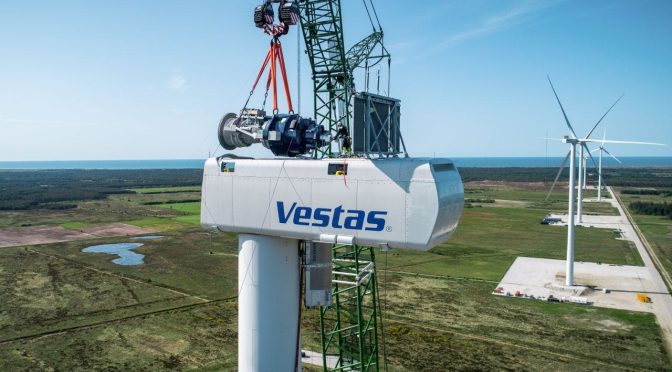
Hydrogen is a fuel that the administration of President Joe Biden sees as crucial to reducing use of fossil fuels and cutting emissions from hard-to decarbonize industries such as aluminum and cement.
It is made by electrolyzers that split water into hydrogen and oxygen and can be considered green if they are powered by zero-emission sources like solar, wind, nuclear or hydro.
Today the vast majority of hydrogen is produced by electrolyzers powered by fossil fuels with unabated emissions, at a fraction of the cost of clean hydrogen.
The funding for 52 projects in states from Rhode Island to Oregon comes from the 2021 bipartisan infrastructure law. The projects are working on six aspects of the hydrogen industry, including research and development on production of electrolyzers, securing supply chains for the machines, and recycling critical materials used in hydrogen production, such as iridium.
"It's a really holistic approach," Sunita Satyapal, head of the DOE's hydrogen and fuel cell technologies office, told Reuters about the range of the projects receiving grants. Satyapal said the grants would help the U.S. reach its National Clean Hydrogen Strategy goals, including production of 10 million tonnes of clean hydrogen by 2030.
Energy Secretary Jennifer Granholm said the projects will "supercharge our progress and ensure our leadership in clean hydrogen will be felt across the nation for generations to come."
The grants will help lay the groundwork for the administration's $7 billion hydrogen hub program, funding of which was also included in the 2021 bipartisan legislation. The administration announced last October seven hubs in 16 states will share the grants in an effort to spur the industry.
Satyapal said the projects should help the U.S. boost its electrolyzer capacity from a couple of gigawatts per year to 10 GW, enough to produce 1.3 million tonnes of clean hydrogen annually.
